Home>Technology>Smart Home Devices>What Can You Make On A 3D Printer
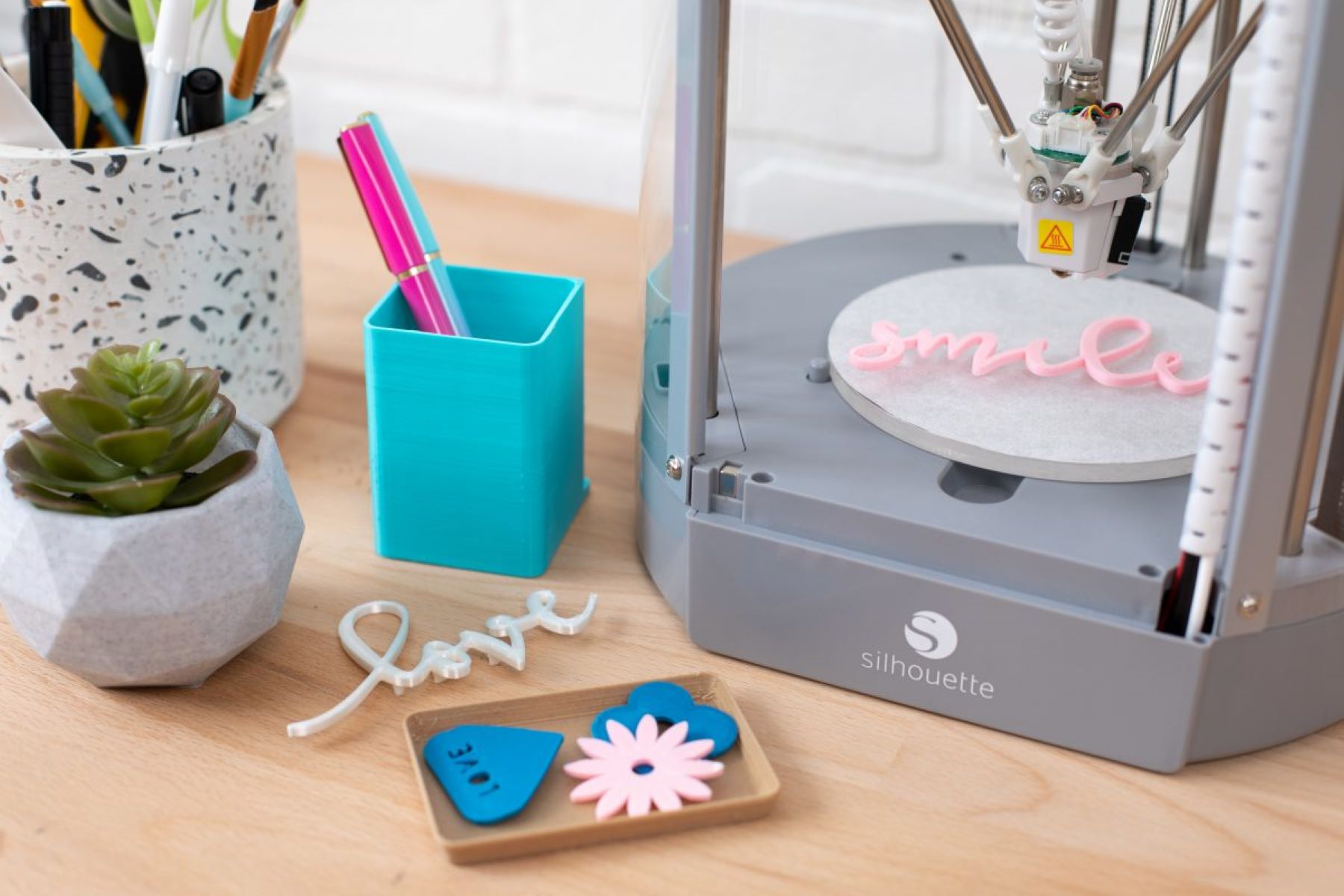

Smart Home Devices
What Can You Make On A 3D Printer
Published: January 18, 2024
Discover the endless possibilities of creating smart home devices and more with a 3D printer. Unleash your creativity and bring your ideas to life.
(Many of the links in this article redirect to a specific reviewed product. Your purchase of these products through affiliate links helps to generate commission for Storables.com, at no extra cost. Learn more)
Introduction
Welcome to the fascinating world of 3D printing, where imagination takes shape and creativity knows no bounds. In this article, we will delve into the myriad possibilities offered by 3D printing technology, exploring the diverse range of objects that can be brought to life through this innovative process. Whether you are a hobbyist, a professional, or simply curious about the potential of 3D printing, you are in for an enlightening journey through the realms of functional objects, prototypes, customized products, artistic creations, and educational tools.
Join us as we unravel the endless opportunities that 3D printing presents, and discover the remarkable ways in which this cutting-edge technology is revolutionizing the way we create, innovate, and bring our ideas into the physical realm.
Key Takeaways:
- Unleash Your Creativity: 3D printing opens up a world of possibilities, from creating custom tools and prototypes to personalized products and artistic creations. It’s like having a magic wand for bringing your imagination to life!
- Learn by Doing: With 3D printing, you can touch, feel, and interact with complex concepts, making learning fun and hands-on. It’s like having a superpower that turns abstract ideas into real, tangible objects!
Read more: What Can You Make With A 3D Printer
Overview of 3D Printing
3D printing, also known as additive manufacturing, is a process of creating three-dimensional objects by depositing successive layers of material, such as plastic, metal, or resin, based on a digital model. This transformative technology has gained immense popularity due to its versatility, precision, and the ability to bring intricate designs to life with remarkable efficiency.
One of the key advantages of 3D printing is its adaptability across various industries, including engineering, healthcare, architecture, fashion, and education. From rapid prototyping to custom fabrication, 3D printing has emerged as a game-changing tool, empowering individuals and businesses to materialize their concepts with unprecedented ease and speed.
With a diverse range of materials and printing techniques available, 3D printing enables the production of functional prototypes, intricate models, personalized products, and artistic creations, catering to a wide spectrum of needs and applications. The ability to translate digital designs into tangible objects with exceptional detail and complexity has positioned 3D printing as a transformative force in modern manufacturing and design.
Furthermore, the accessibility of 3D printing technology has expanded significantly, with desktop printers becoming more affordable and user-friendly, allowing enthusiasts and professionals alike to explore the endless possibilities of additive manufacturing. As a result, the democratization of 3D printing has sparked a surge in innovation, creativity, and experimentation, fostering a vibrant community of makers, designers, and entrepreneurs.
As we journey through the realms of functional objects, prototypes, customized products, artistic creations, and educational tools in the following sections, we will uncover the depth and breadth of 3D printing’s impact on diverse fields, showcasing its potential to reshape industries, empower individuals, and inspire new forms of expression and innovation.
Functional Objects
3D printing has revolutionized the production of functional objects, offering unparalleled flexibility and efficiency in creating customized tools, replacement parts, and intricate mechanical components. Whether it’s a specialized tool for a specific task or a bespoke component for a complex machinery, 3D printing empowers individuals and businesses to fabricate functional objects with remarkable precision and speed.
One of the key advantages of 3D printing in the realm of functional objects is its ability to accommodate complex geometries and intricate designs that may be challenging or impossible to achieve through traditional manufacturing methods. This flexibility allows for the creation of optimized structures and components, enhancing performance and functionality in various applications.
Moreover, 3D printing facilitates rapid prototyping and iterative design processes, enabling engineers and designers to quickly iterate and test functional prototypes before committing to full-scale production. This agility in product development not only accelerates innovation but also reduces time-to-market, providing a competitive edge in dynamic industries.
From custom ergonomic grips for tools to precision gears and enclosures, 3D printing offers a cost-effective and agile solution for producing functional objects tailored to specific requirements. Additionally, the ability to manufacture on-demand, without the need for tooling or extensive setup, makes 3D printing an ideal choice for low-volume production of functional components, minimizing inventory and lead times.
As we delve deeper into the realms of prototypes, customized products, artistic creations, and educational tools in the subsequent sections, we will further explore the diverse applications and transformative potential of 3D printing, shedding light on its impact across various domains and industries.
Prototypes and Models
3D printing has emerged as a game-changing tool in the realm of prototyping and model-making, offering unparalleled speed, precision, and versatility in transforming digital designs into tangible prototypes and intricate models. Whether in product development, architecture, or engineering, 3D printing has revolutionized the way prototypes and models are created, empowering designers and innovators to iterate rapidly and visualize concepts with exceptional fidelity.
One of the key advantages of 3D printing in prototyping is its ability to produce complex geometries and intricate details with ease, allowing designers to explore unconventional shapes and configurations that may be challenging or impractical using traditional manufacturing methods. This freedom of design not only fosters creativity but also enables the realization of innovative concepts with unprecedented efficiency.
Furthermore, 3D printing facilitates rapid iteration and refinement of prototypes, empowering designers to test and validate ideas quickly, identify design flaws, and make necessary adjustments without the constraints of traditional tooling and setup. This agility in the prototyping process accelerates product development cycles, reduces costs, and enhances the overall efficiency of design iterations.
In the field of architecture, 3D printing has revolutionized the creation of detailed architectural models, allowing architects and urban planners to visualize and communicate complex designs with remarkable precision and realism. From intricate building facades to topographical models, 3D printing has become an indispensable tool for bringing architectural visions to life in a tangible and visually compelling format.
As we explore the realms of customized products, artistic creations, and educational tools in the subsequent sections, we will uncover the diverse applications of 3D printing, showcasing its transformative potential in empowering creativity, innovation, and the realization of concepts across a wide spectrum of disciplines and industries.
When using a 3D printer, you can make a wide range of objects such as toys, prototypes, household items, jewelry, and even custom parts for machines or vehicles. Just make sure to use the right materials for the specific purpose of your creation.
Customized Products
3D printing has ushered in a new era of personalized and customized products, offering limitless possibilities for creating bespoke items tailored to individual preferences and unique specifications. From personalized jewelry and fashion accessories to custom-designed consumer goods, 3D printing empowers consumers to participate in the creation process, enabling the realization of one-of-a-kind products that reflect personal style and preferences.
One of the key advantages of 3D printing in the realm of customized products is its ability to accommodate individualized designs and variations without incurring significant additional costs or production constraints. This flexibility allows for the creation of personalized items, such as custom-fit eyewear, bespoke phone cases, and tailored footwear, providing consumers with a level of personalization and self-expression that was previously inaccessible through traditional manufacturing methods.
Moreover, 3D printing enables on-demand production of customized products, eliminating the need for excessive inventory and minimizing waste associated with mass production. This sustainable approach to manufacturing aligns with the growing demand for eco-friendly and ethical consumption practices, offering a viable alternative to conventional mass production and distribution models.
Furthermore, 3D printing has revolutionized the field of medical and assistive devices, allowing for the creation of custom-fit prosthetics, orthopedic implants, and adaptive tools tailored to individual anatomical requirements. This personalized approach to healthcare and assistive technology has significantly improved the quality of life for individuals with specific medical needs, demonstrating the profound impact of 3D printing in enhancing human well-being and accessibility.
As we delve deeper into the realms of artistic creations, educational tools, and beyond, we will uncover the diverse applications and transformative potential of 3D printing, showcasing its capacity to redefine the landscape of product design, consumer engagement, and the realization of personalized experiences.
Read more: What Can You Make With A 3D Printer To Sell
Artistic Creations
3D printing has unleashed a wave of creativity and innovation in the realm of artistic expression, offering artists, designers, and creators a powerful tool to materialize their imagination and push the boundaries of traditional art forms. From sculptural masterpieces and avant-garde installations to intricately detailed jewelry and wearable art, 3D printing has redefined the possibilities of artistic creation, enabling the realization of complex geometries and organic forms with unprecedented precision and intricacy.
One of the key advantages of 3D printing in artistic creations is its capacity to transcend the limitations of traditional sculpting and fabrication techniques, allowing artists to explore unconventional shapes, textures, and structures that may be challenging or impractical using traditional methods. This freedom of form and expression has sparked a renaissance of innovation in the art world, inspiring artists to conceive and materialize concepts that were once confined to the realm of imagination.
Furthermore, 3D printing has democratized access to artistic production, enabling emerging artists and designers to bring their visions to life without the barriers of traditional manufacturing and fabrication processes. This accessibility has fostered a diverse ecosystem of artistic exploration, experimentation, and collaboration, enriching the cultural landscape with a tapestry of innovative and thought-provoking creations.
In the realm of fashion and wearable art, 3D printing has revolutionized the design and production of avant-garde garments, accessories, and jewelry, blurring the boundaries between fashion, technology, and art. From intricately patterned 3D-printed dresses to sculptural jewelry pieces, designers have embraced 3D printing as a medium for pushing the envelope of sartorial expression and redefining the aesthetics of wearable art.
As we venture into the realms of educational tools, functional objects, and beyond, we will uncover the diverse applications and transformative potential of 3D printing, showcasing its role in shaping the future of artistic expression, design innovation, and the convergence of art and technology.
Educational Tools
3D printing has emerged as a transformative tool in education, revolutionizing the way students learn, explore, and engage with complex concepts across various disciplines. From STEM (science, technology, engineering, and mathematics) education to arts and design, 3D printing has become an invaluable resource for fostering creativity, problem-solving skills, and hands-on learning experiences in academic settings.
One of the key advantages of 3D printing in education is its ability to bring abstract concepts to life through tangible and interactive models, enabling students to visualize and comprehend complex ideas with a level of depth and realism that traditional teaching aids may not provide. Whether it’s exploring geometric principles through 3D-printed shapes or dissecting virtual anatomical models, 3D printing enhances the learning process by offering a multisensory and immersive approach to education.
Furthermore, 3D printing empowers students to become creators and innovators, providing them with the tools to design and fabricate their own prototypes, models, and projects across diverse subjects. This hands-on approach to learning not only nurtures technical skills but also fosters creativity, critical thinking, and an entrepreneurial mindset, preparing students for the challenges and opportunities of the future.
In STEM education, 3D printing plays a pivotal role in demonstrating engineering principles, prototyping solutions, and simulating real-world scenarios, allowing students to apply theoretical knowledge to practical problem-solving tasks. From building functional prototypes to experimenting with mechanical designs, 3D printing cultivates a culture of innovation and experimentation, empowering students to explore the frontiers of technology and engineering.
Moreover, 3D printing has redefined the accessibility of educational resources, enabling schools and institutions to produce custom teaching aids, scientific models, and learning tools tailored to specific curriculum requirements. This adaptability and customization enhance the effectiveness of educational materials, catering to diverse learning styles and promoting inclusivity in the classroom.
As we reflect on the transformative potential of 3D printing in educational settings, we recognize its profound impact on shaping the next generation of innovators, problem solvers, and lifelong learners, underscoring its role as a catalyst for educational enrichment and empowerment.
Conclusion
As we conclude our exploration of the diverse applications and transformative potential of 3D printing, it becomes evident that this revolutionary technology has transcended the boundaries of traditional manufacturing and design, ushering in a new era of creativity, innovation, and accessibility. From functional objects and prototypes to customized products, artistic creations, and educational tools, 3D printing has redefined the possibilities of creation, empowering individuals and industries to materialize their ideas with unprecedented precision, efficiency, and customization.
One of the most compelling aspects of 3D printing is its ability to democratize production, enabling makers, designers, and innovators to bring their visions to life without the constraints of traditional manufacturing processes. This democratization has fostered a culture of experimentation, collaboration, and entrepreneurship, unleashing a wave of creativity and innovation across diverse domains, from art and fashion to engineering and education.
Furthermore, 3D printing has reshaped the landscape of customization and personalization, offering consumers the opportunity to participate in the creation process and obtain bespoke products that reflect their individuality and preferences. This shift towards personalized manufacturing aligns with evolving consumer expectations and sustainability trends, presenting a viable alternative to mass production models while minimizing waste and inventory overhead.
Moreover, the impact of 3D printing extends beyond commercial and artistic realms, permeating into educational settings and empowering students to engage with complex concepts through hands-on learning experiences. By providing a tangible and interactive approach to education, 3D printing nurtures creativity, problem-solving skills, and technical proficiency, preparing the next generation for the challenges and opportunities of a rapidly evolving world.
As we embrace the boundless potential of 3D printing, it is essential to recognize the ethical and societal implications of this technology, from sustainable manufacturing practices to equitable access and inclusion. By embracing responsible and inclusive approaches to 3D printing, we can harness its transformative power to drive positive change, foster innovation, and enhance the well-being of individuals and communities.
In closing, 3D printing stands as a testament to human ingenuity, creativity, and the relentless pursuit of progress. As we continue to explore, innovate, and collaborate, the impact of 3D printing will reverberate across industries, disciplines, and aspirations, shaping a future where imagination knows no bounds, and creation knows no limits.
Frequently Asked Questions about What Can You Make On A 3D Printer
Was this page helpful?
At Storables.com, we guarantee accurate and reliable information. Our content, validated by Expert Board Contributors, is crafted following stringent Editorial Policies. We're committed to providing you with well-researched, expert-backed insights for all your informational needs.
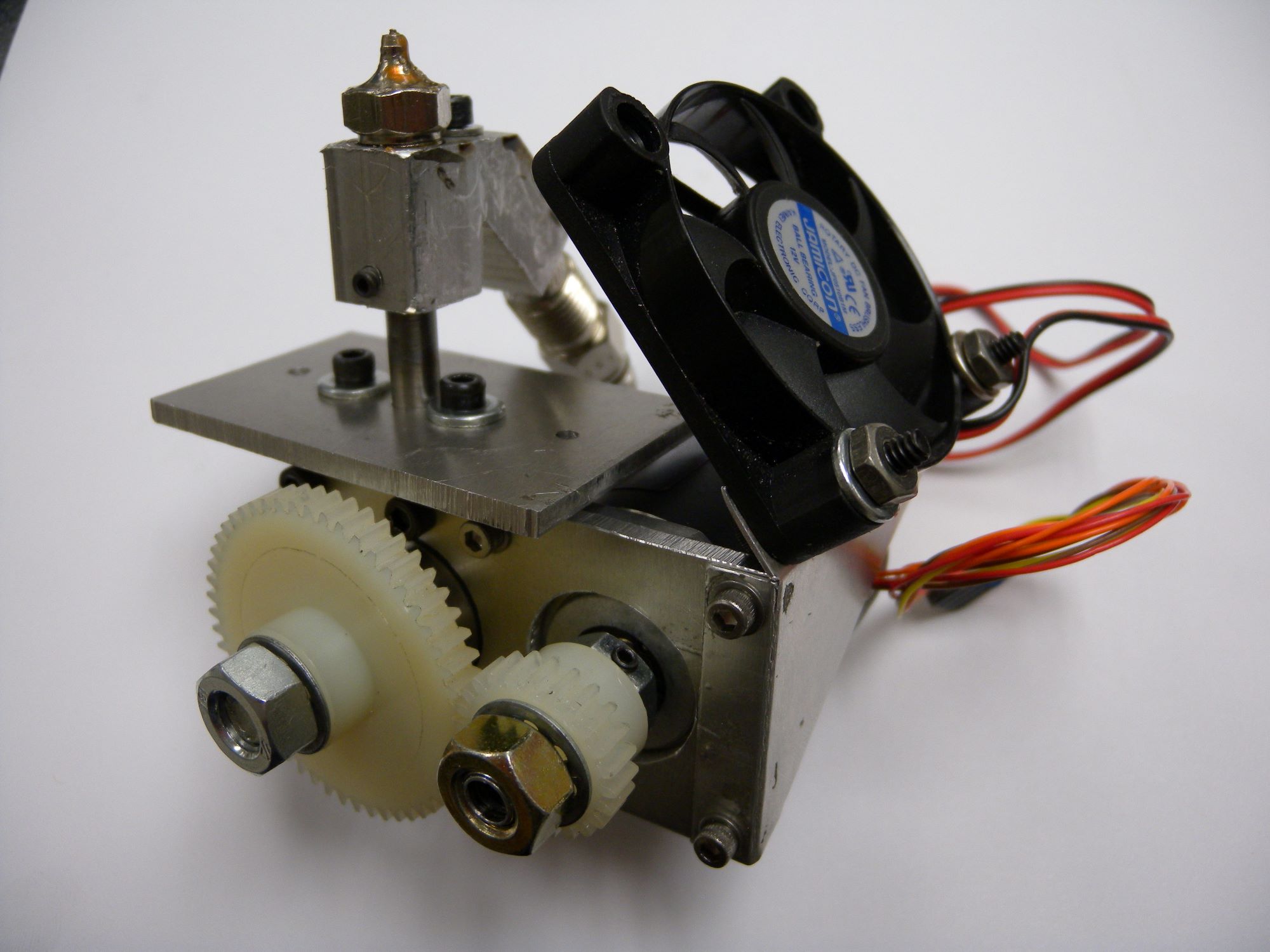
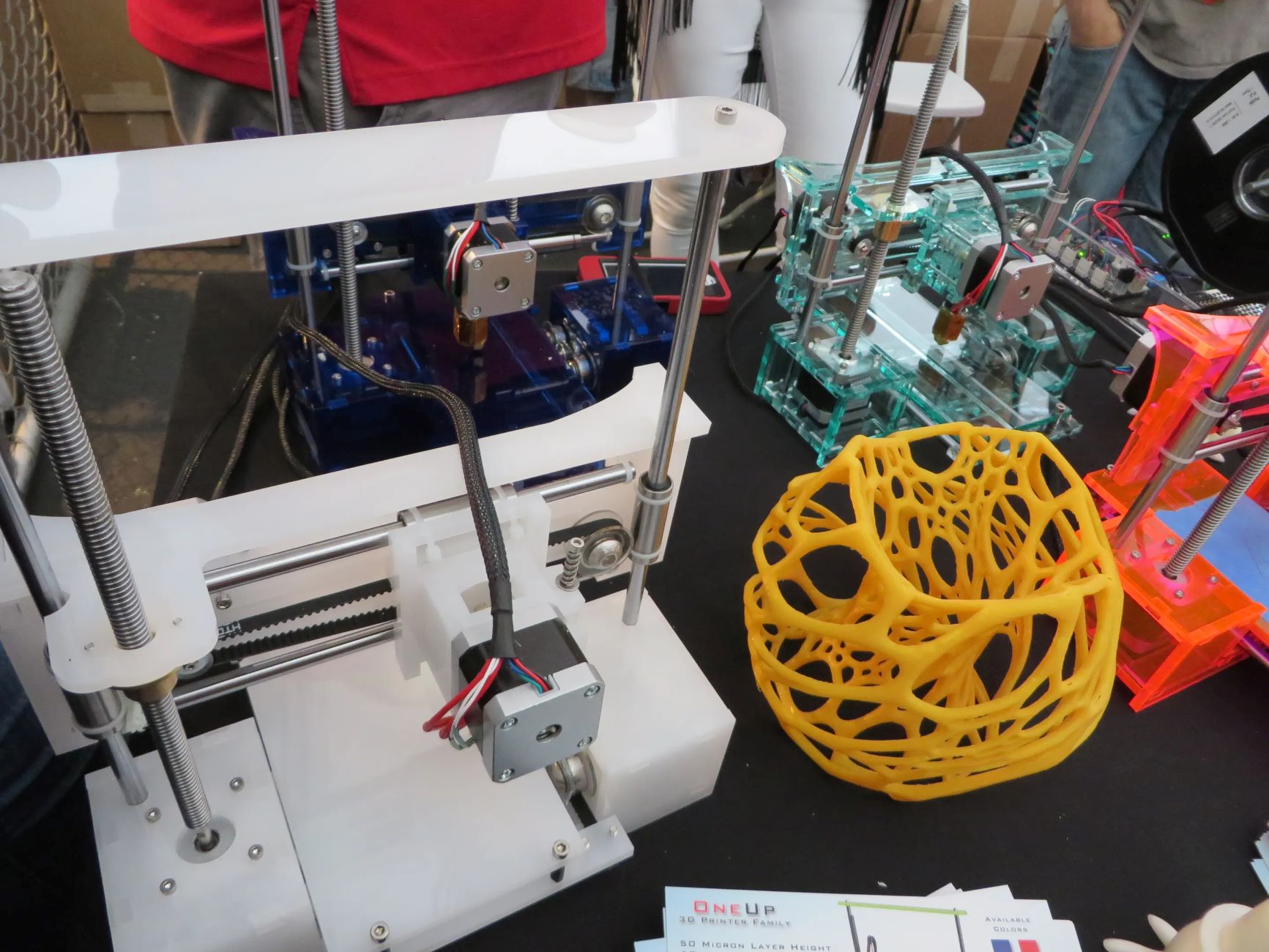
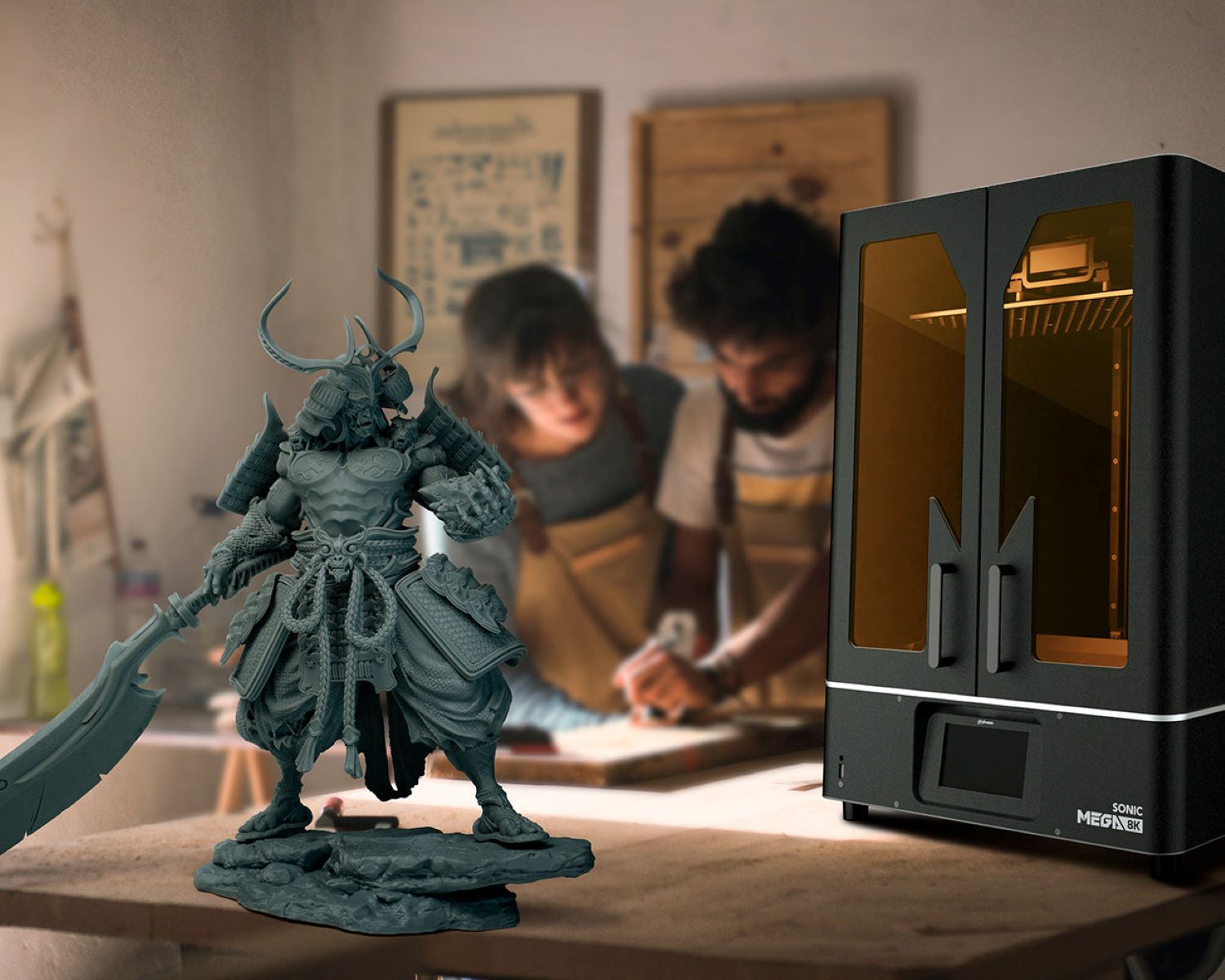
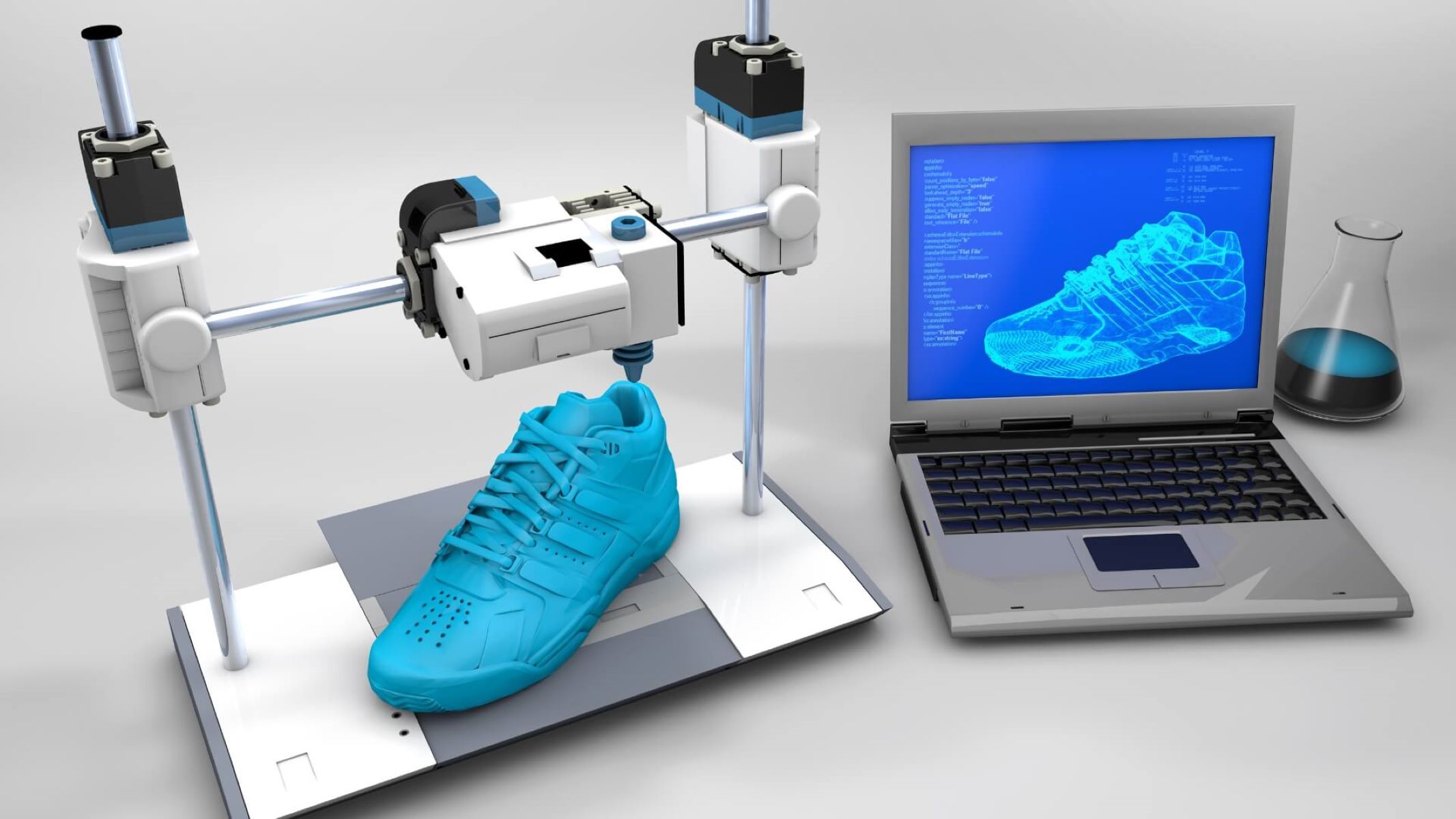
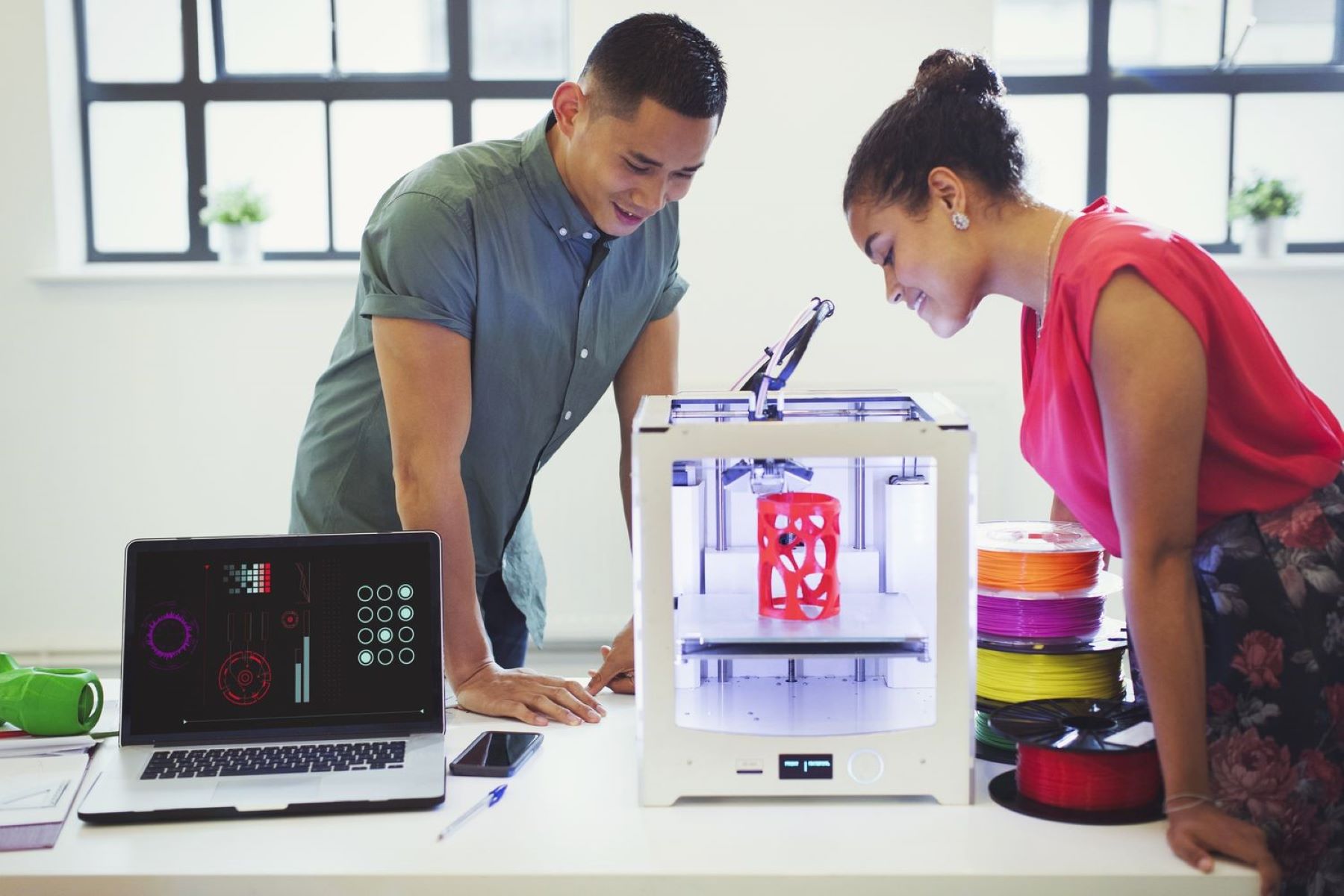
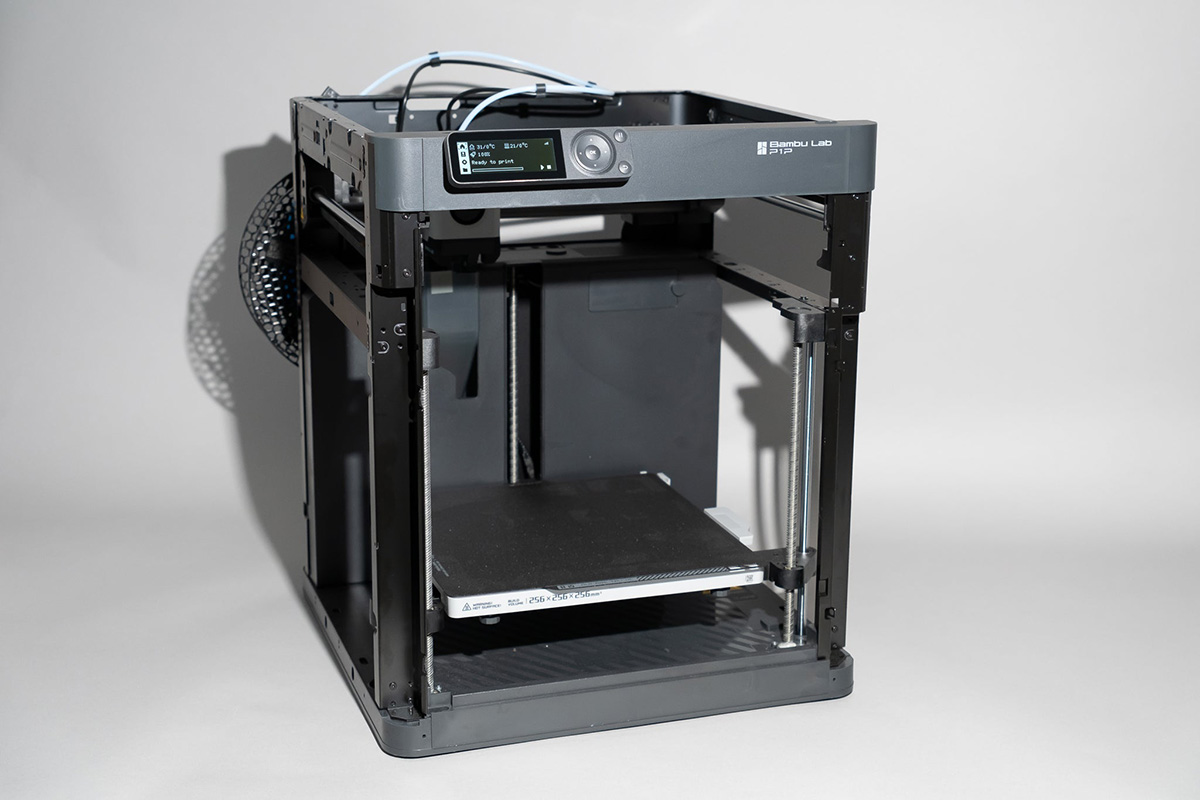
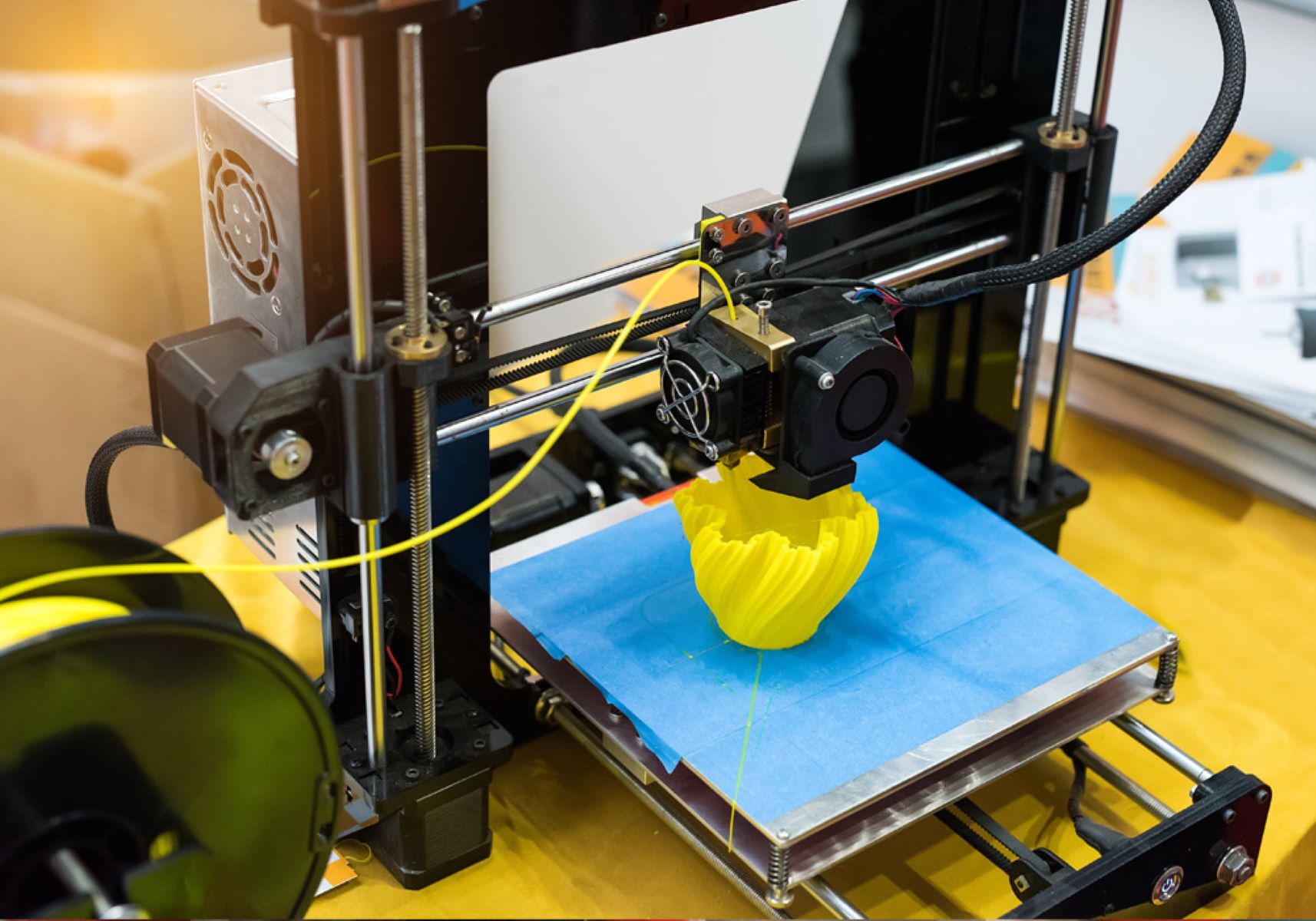
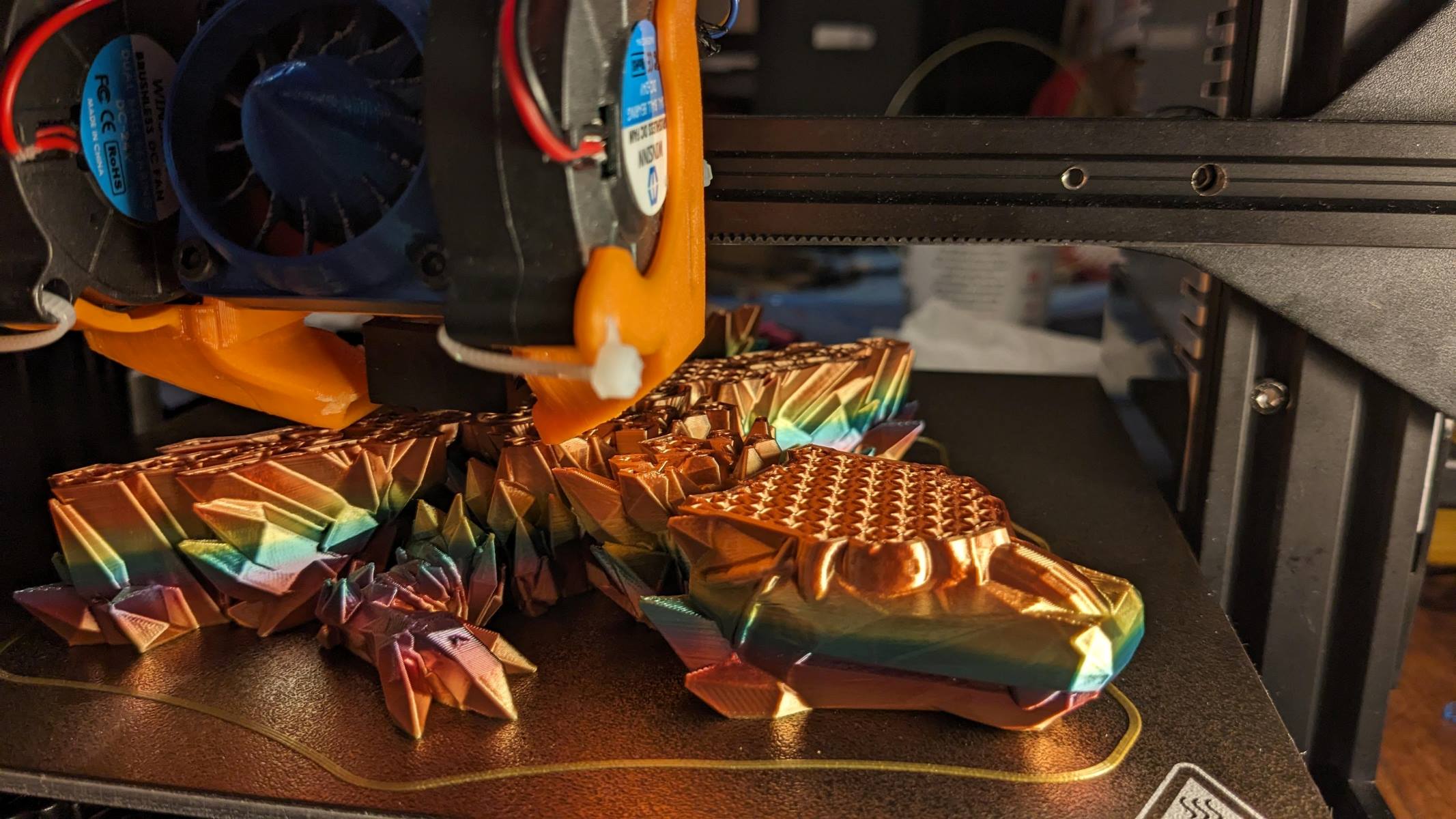
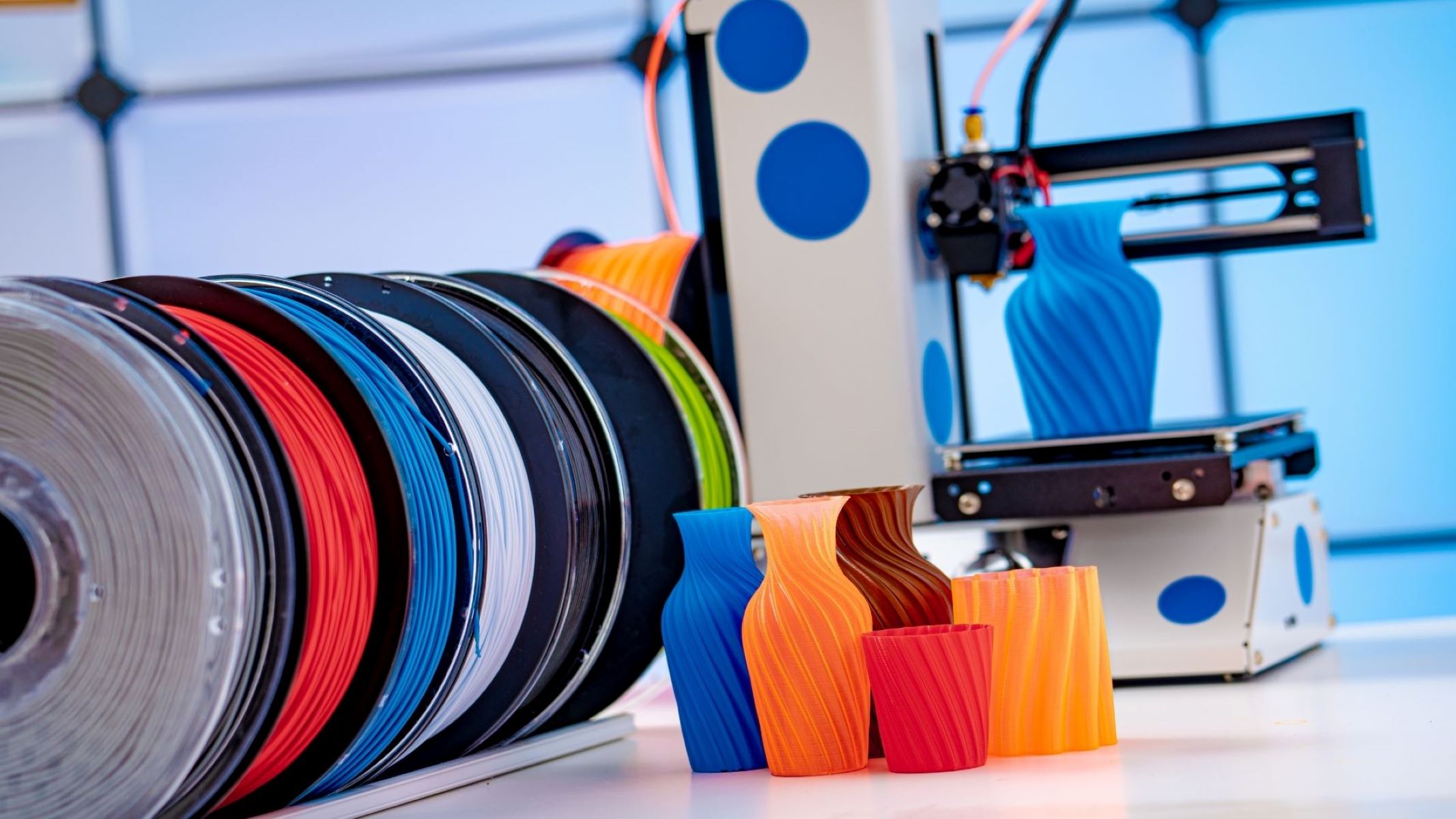


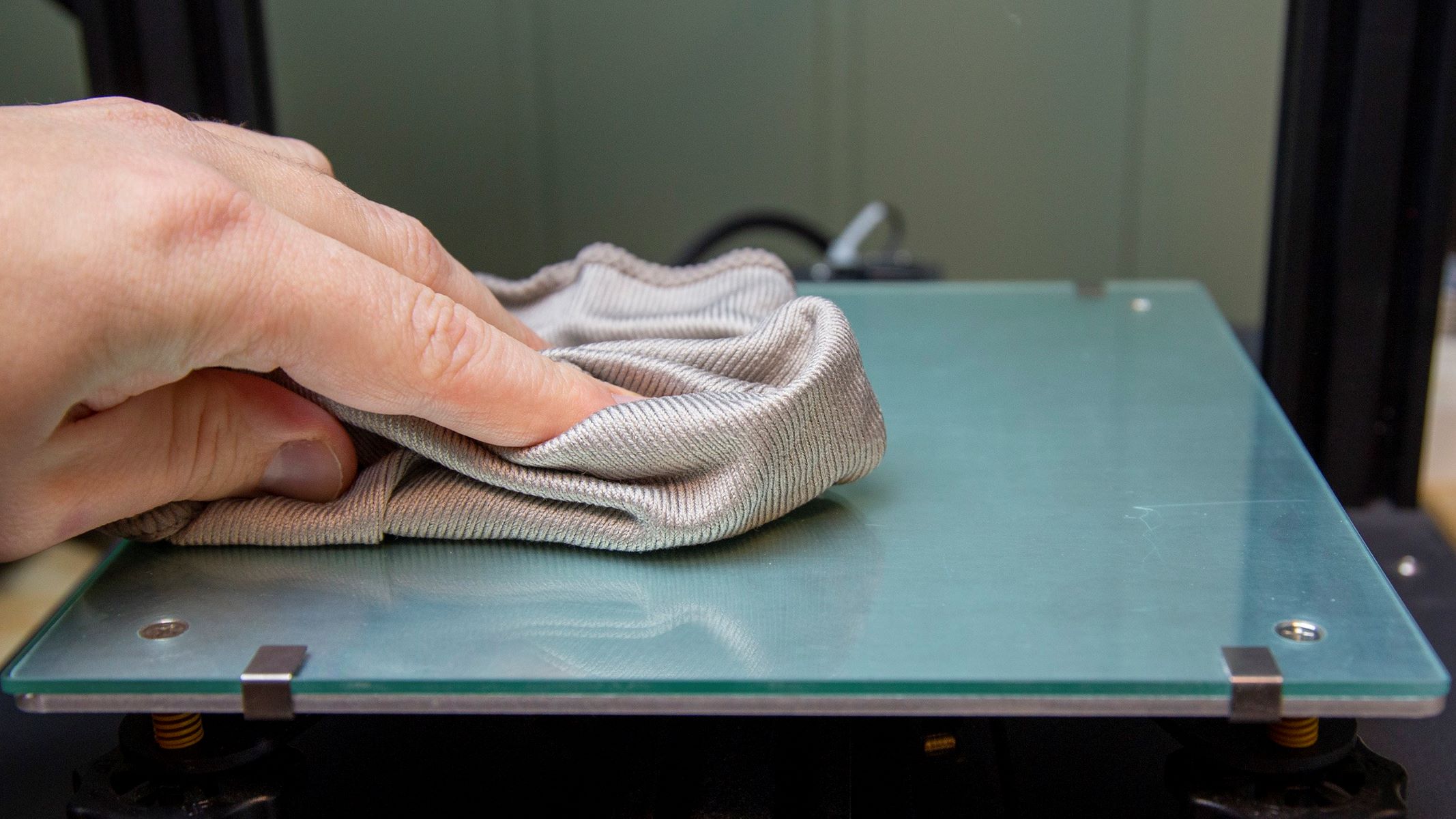
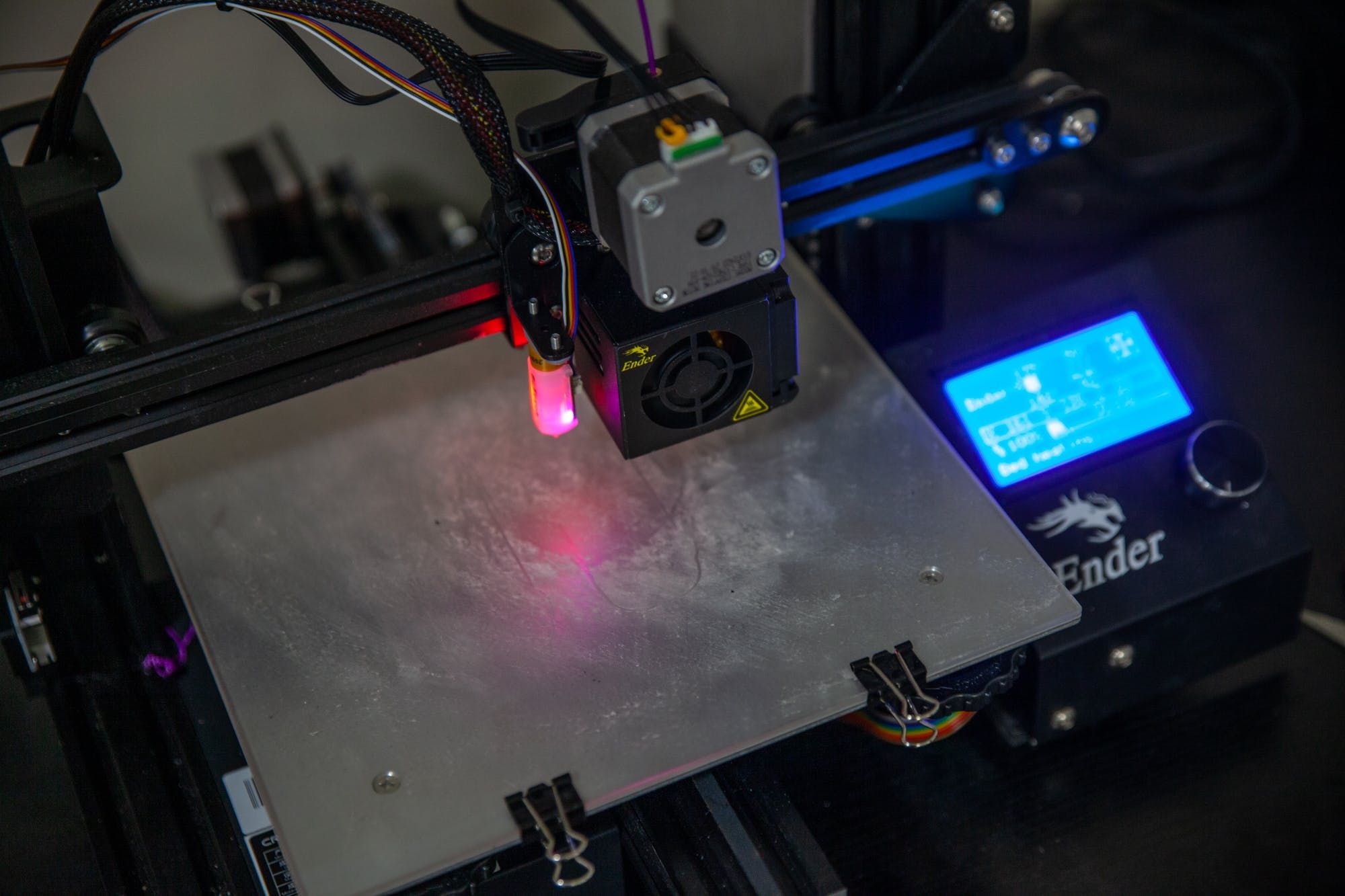
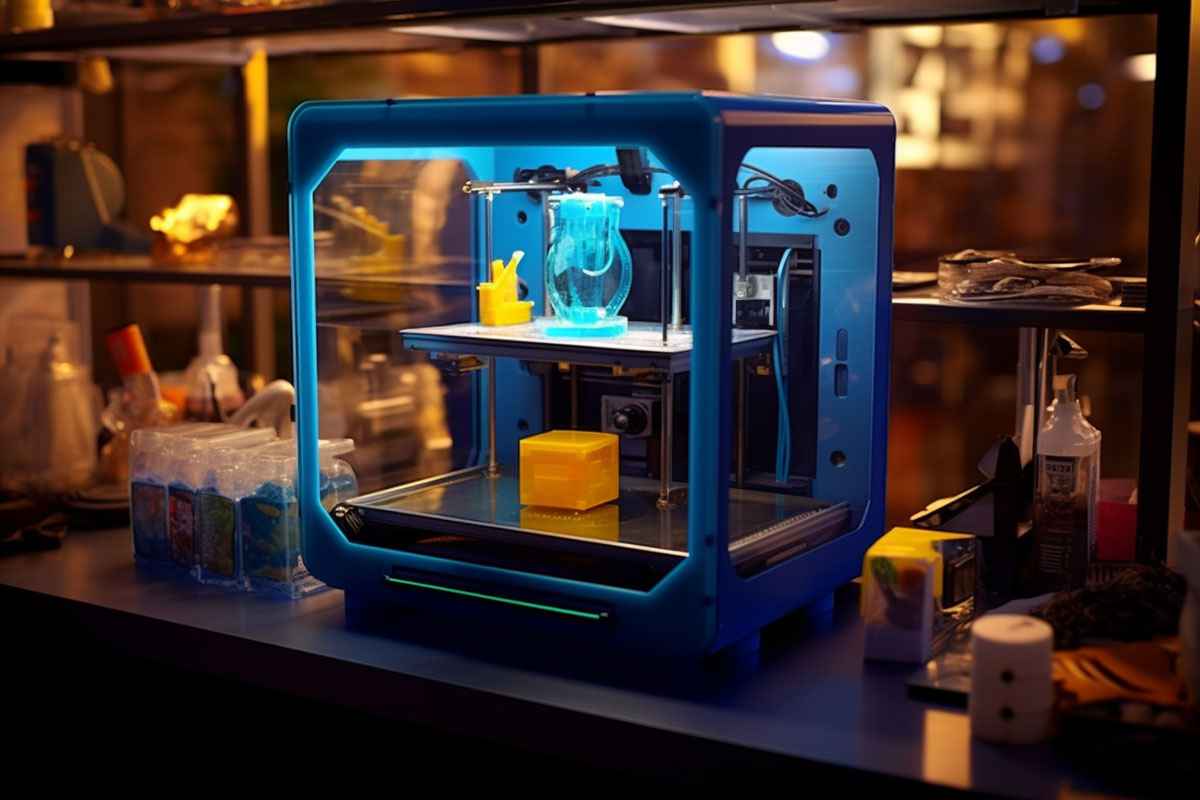

0 thoughts on “What Can You Make On A 3D Printer”